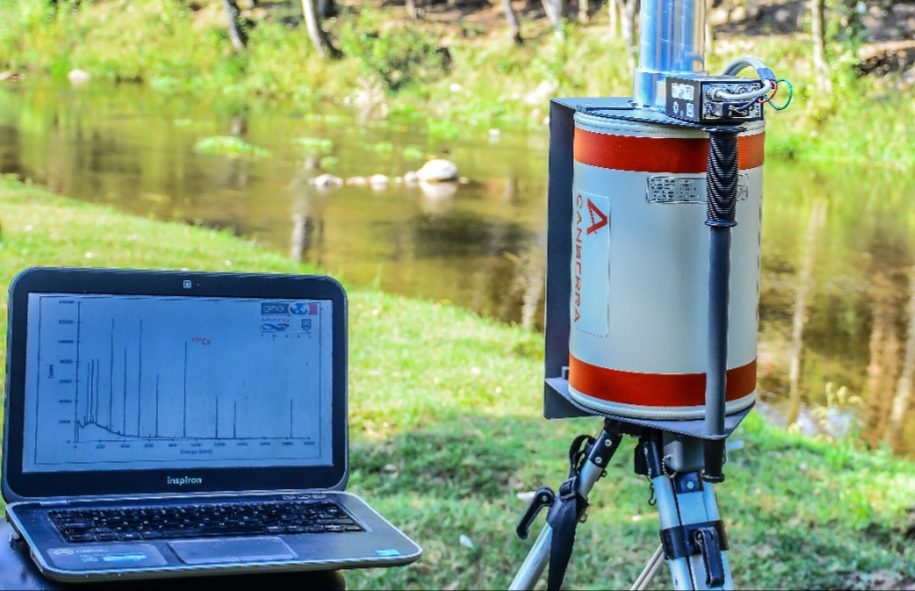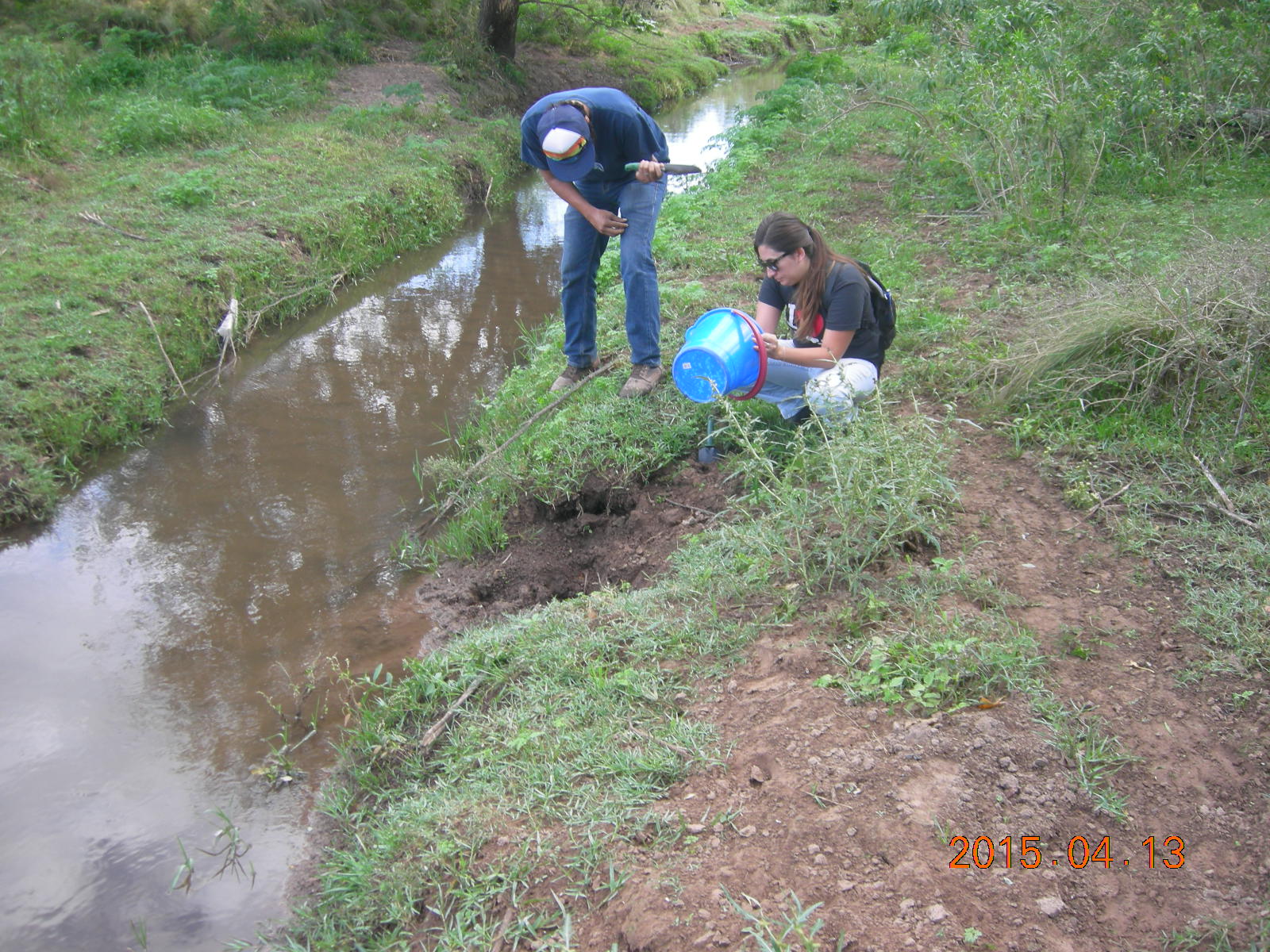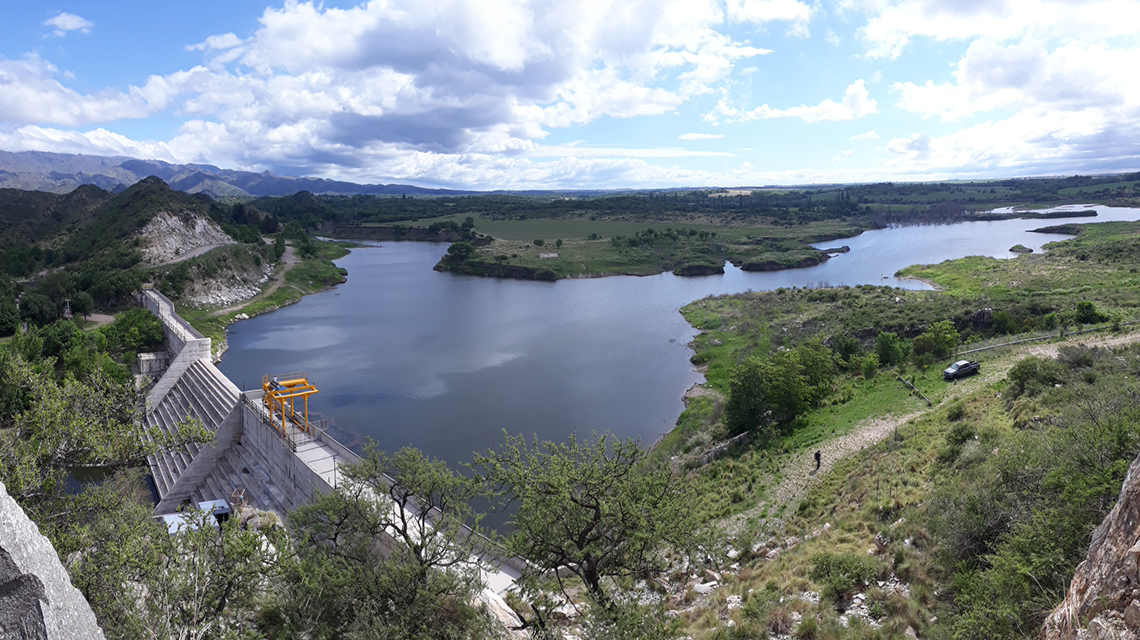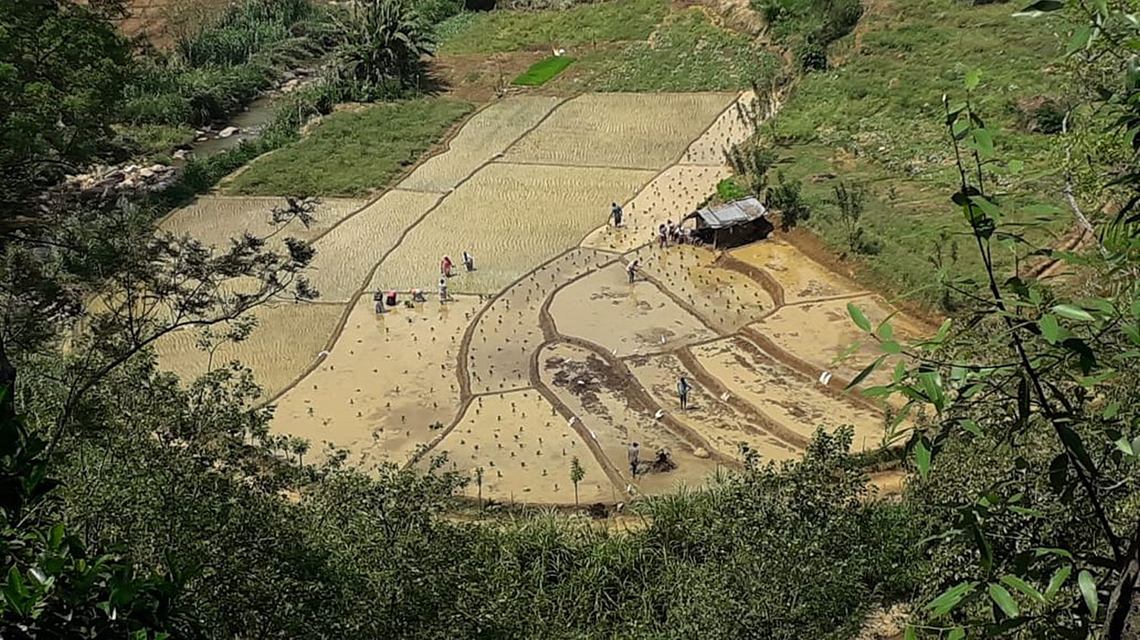Un grupo de científicos ha logrado establecer el origen de los sedimentos ligados a la erosión del suelo en una cuenca situada en la región central de la Argentina. Con esos datos, las autoridades podrían formular estrategias para reducir el deterioro de los recursos naturales en la región.
Según el Centro para la Promoción de la Conservación del Suelo y del Agua de la Argentina, el 36 % del suelo del país (unas 100 millones de hectáreas) sufre procesos de erosión. Las consecuencias negativas de la erosión no afectan únicamente a la producción agrícola.
“La erosión reduce considerablemente la productividad de los cultivos y contribuye a la polución de cursos de agua, humedales y lagos”, explica Hugo Velasco, profesor del Departamento de Física de la Universidad Nacional de San Luis en la Argentina e investigador independiente del Consejo Nacional de Investigaciones Científicas y Técnicas (CONICET).
Los sedimentos que se desprenden por erosión de una zona del suelo pueden afectar a los ecosistemas circundantes. En la región semiárida del centro de la Argentina, los diferentes usos del suelo incrementan el volumen de los sedimentos que se transportan a lo largo de la red hidrológica del río Volcán, lo que afecta el estado de los recursos hídricos y colmata en más del 60 % el principal embalse de la región. “El dique de Cruz de Piedra ha perdido en gran parte su capacidad de contención y cada vez son más evidentes los signos de eutrofización”, afirma Velasco.
Mediante su programa de cooperación técnica, en colaboración con la FAO y en alianza con el Grupo de Estudios Ambientales del Instituto de Matemática Aplicada San Luis (IMASL), el OIEA determinó el tipo y la ubicación de las principales fuentes de sedimentos presentes en la cuenca mediante tecnología de fluorescencia de rayos X (XRF). Cuando se exponen muestras de suelo a este tipo de radiación, se emiten pequeñas cantidades de energía que se pueden medir con un espectrómetro. “La señal que nos da el instrumento nos permite determinar las concentraciones de los elementos químicos presentes en cada muestra de suelo, que dependen en gran medida del tipo de suelo, el sustrato geológico que conforma el subsuelo y el uso productivo que se desarrolla en el territorio”, puntualiza Velasco.




